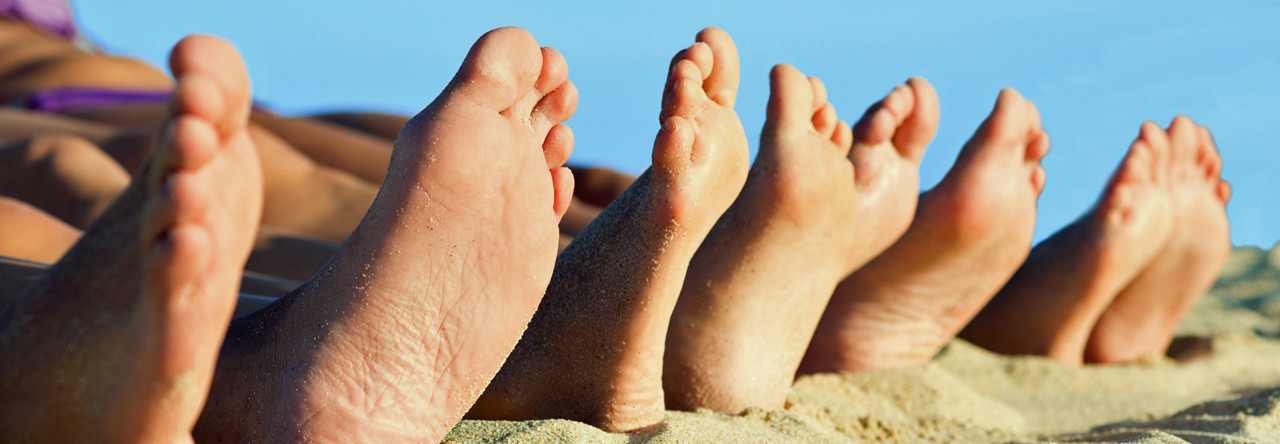People often blame the common foot deformity claw toe on wearing shoes that squeeze your toes, such as shoes that are too short or high heels. However, Claw Toe is actually a toe that is contracted at the PIP and DIP joints (middle and end joints in the toe). Often the result of nerve damage caused by diseases like diabetes or alcoholism, it can which can weaken the muscles in your foot and lead to severe pressure and pain.
Claw toes can occur in any toe, except the big toe. They are classified based on the mobility of the toe joints. There are two types – flexible and rigid. In a flexible claw toe, the joint has the ability to move. This type of claw toe can be straightened manually. A rigid claw toe does not have that same ability to move. Movement is very limited and can be extremely painful.
Occasionally Claw Toe can be related to neurological problems. Therefore, a trip to the doctor will be time well spent.
Treatment and Prevention
Changing the type of footwear worn is a very important step in the treatment of claw toes. As with most feet and toe problems, choosing a well fitting shoe can make a lot of difference. Always make sure the toe box (toe area) is high and broad, and can accommodate the claw toes. A shoe with a high, broad toe box will provide enough room in the forefoot area so that there is less friction against the toes.
Other conservative treatments include using forefoot products designed to relieve claw toes, such as toe crests and hammer toe splints. These devices will help hold down the claw toe and provide relief to the forefoot. Gel toe shields and gel toe caps are also recommended to eliminate friction between the shoe and the toe, while providing comfort and lubrication.
If the pain is too much or your daily activities are limited by the pain, surgery may be considered. Unfortunately surgery may not help or the claw toe may come back. Talk to your doctor about the options available.
Category: Claw Toe
Mallet toe occurs when the joint at the end of the toe cannot straighten. Excessive rubbing of the mallet toe against the top of the shoe can lead to pain and the development of a corn. The tip of the toe is often turned down against the shoe causing pressure and discomfort. Mallet toes can cause extreme discomfort, and can be aggravated if restrictive or improperly fitting footwear is worn for a prolonged period of time.
Each of the lesser toes (all but the big toe) has three bones. The deformities, a hammer toe, claw toe, and mallet toe, are all due to abnormal positions of the bones at the joints between the bones. The mallet toe is the deformity where the most distant joint points downward. This is most common in the second toe in patients whose second toe is the longest toe. A painful callous can form at the tip of a mallet toe.
Tight, ill-fitting shoes are the main cause of all these deformities. Anytime the toes are compressed into an abnormal position for any length of time, problems with the feet will follow. There are orthotic devices to help get your feet back into the right position. Comfortable shoes with plenty of room for the toes are a must. If you have chronic pain, surgery may even be necessary to get relief.
